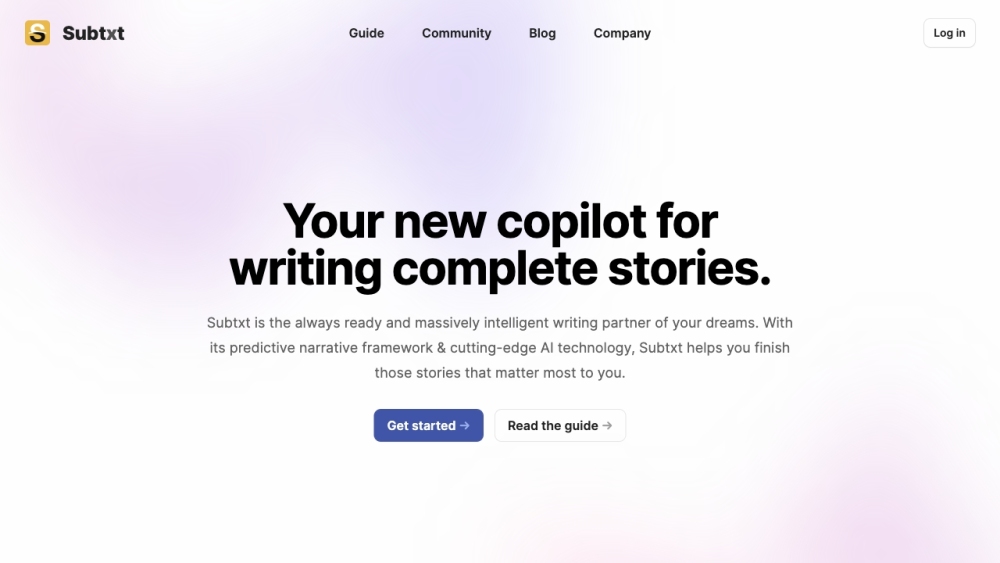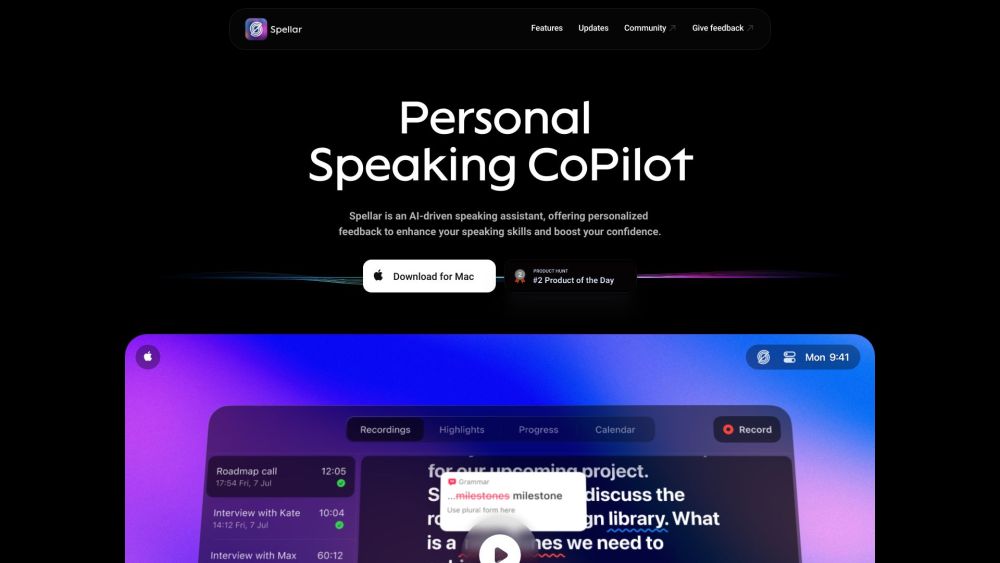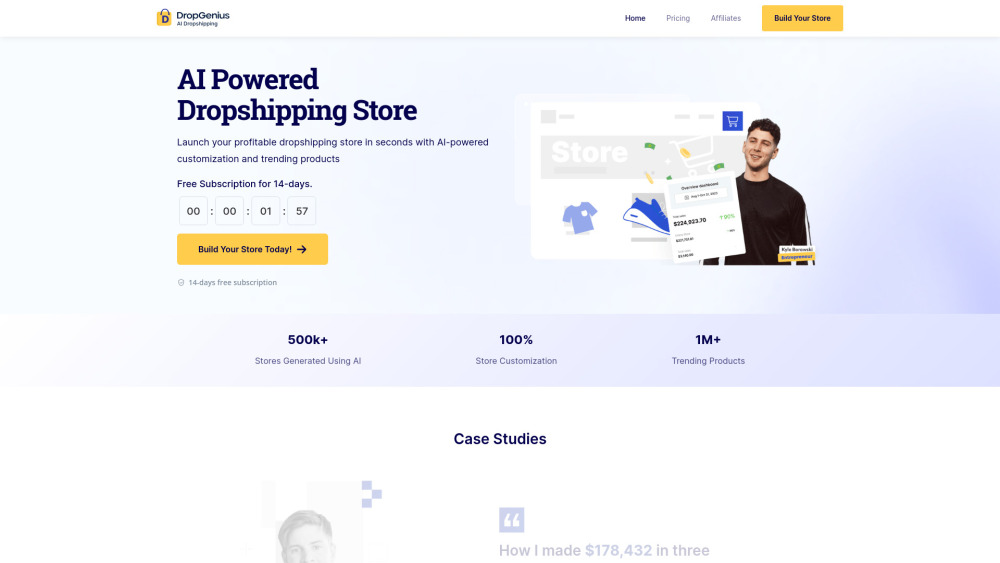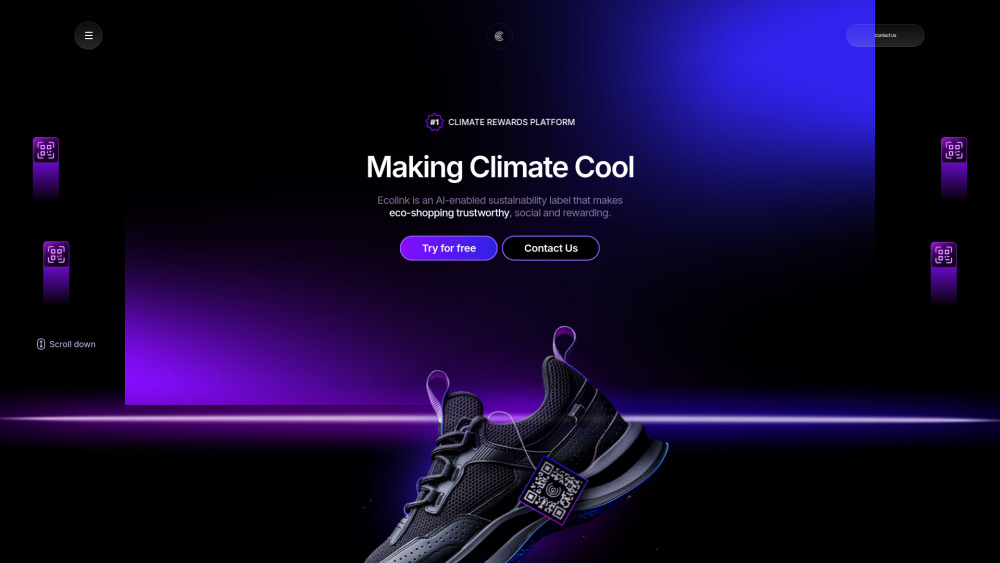The rise of AIGC (Generative AI), notably through tools like ChatGPT, is transforming large language model development and significantly influencing the healthcare sector. This has sparked intense competition among emerging medical models. The healthcare industry, long viewed as a fertile ground for AI applications, stands to benefit immensely. By harnessing AI, healthcare can reduce the burden on doctors, enhance operational efficiency, and improve diagnostic capabilities across primary care institutions, ultimately helping to address the uneven distribution of medical resources.
In contrast to earlier waves of AI adoption in hospitals—primarily confined to imaging and plagued by low commercial conversion rates—the integration of AIGC technologies promises to bring about a different outcome.
Emergence of AIGC Technologies in Healthcare
At the 2023 Tencent Global Digital Ecosystem Conference, Tencent Health introduced a medical large model along with a suite of AI products, including intelligent Q&A systems, family doctor assistants, and digital medical imaging platforms. Zheng Yafeng, director of Tencent Tianyan Laboratory, highlighted that their large model leverages a proprietary mixed architecture with over 100 billion parameters and 20 trillion tokens of pre-training data. This impressive model excels in Chinese language generation, complex logical reasoning, and task execution. It incorporates a medical knowledge graph that encompasses 2.85 million medical entities and 12.5 million relationships, covering 98% of medical knowledge and enhancing the model's grasp of specialized medical concepts.
Additionally, Kingmed Diagnostics has launched China's first AI open innovation platform for medical testing, allowing stakeholders—including startups, healthcare institutions, and industry experts—to share computing power, algorithms, data, and models. This collaborative environment addresses all development needs for AI applications, ranging from data processing to model training and online deployment.
New Products and Innovations
With the rise of AIGC technology, the healthcare sector is witnessing an influx of innovative products. On August 17, the Wangmai platform introduced CareGPT, China’s first large language model application specifically designed for health management. Unlike general-purpose models, CareGPT prioritizes real healthcare settings, offering a comprehensive approach that includes prevention, consultation, appointment scheduling, and rehabilitation.
During a mid-year briefing on August 24, Ping An Health's Chairman and CEO, Fang Weihao, shared insights about the company's generative AI research for supportive treatment. Highlighting satisfying results from pediatric experiments, he noted that they've deconstructed the consultation, diagnosis, treatment, and service processes for family and specialty doctors into detailed segments, training their “Ping An GPT” through real-world scenarios alongside medical professionals.
Challenges and Opportunities Ahead
In the previous AI wave, medical imaging was the primary focus. Professor Xie Hongning from Sun Yat-sen University First Affiliated Hospital expressed hope that AI would enhance operational efficiency, particularly where teaching and research intersect with diagnostics. According to EYu Intelligence, the AI medical imaging market was valued at 2.4 billion yuan in 2023, with 70 AI medical imaging products recently receiving Class III certification from the National Medical Products Administration, enabling them to charge patients.
Nevertheless, industry insiders caution that this market still lags behind yearly R&D investments. A survey by EYu Intelligence indicated that 45.9% of radiologists believe fewer products are effectively applicable, while 43.1% are concerned that current AI solutions fail to integrate seamlessly into existing diagnostic workflows, underscoring the need for improvements in AI capabilities.
While AI imaging has demonstrated promising results in diagnostics, the integration of comprehensive assessments remains limited, often relying on single-dimensional data rather than multimodal inputs. In contrast, AIGC technology provides advanced capabilities such as question-answering, generation, summarization, and dialogue. This presents renewed optimism for intelligent advancements in healthcare, as AIGC facilitates meaningful discussions between AI and medical professionals, potentially elevating care standards.




